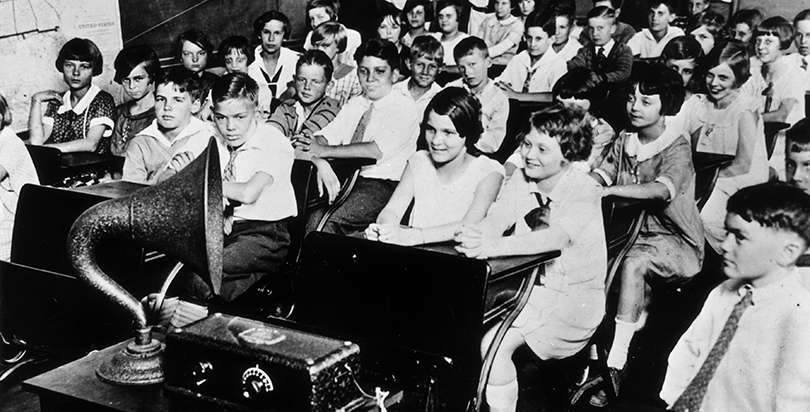I came across an editorial from the National Education Association that I want to share. Here are a few excerpts:
Is there a teacher shortage today? There is only one answer to this question. There is still an appalling lack of trained teachers throughout the country. There is grave danger to the teaching profession and to the cause of education in the statements loosely made in some quarters that there is a surplus of teachers and that salaries should be lowered.
… there are tens of thousands of applicants seeking positions in the schools who have neither the personal nor professional qualifications to train children. To admit such teachers … is a crime against the childhood of the nation. It must not be tolerated. The false cry that there is no teacher shortage must not go unchallenged.
… The public will gladly pay the bills when it appreciates the gain from reasonable investment in good schools.
That’s from The Journal of the National Education Association,
published in October 1921.
At the time, there were about 657,000 teachers in the U.S., according to the National Center for Education Statistics, and more than 21.5 million K-12 students, for a student-teacher ratio of almost 33 to 1.
Here are a few more excerpts, this time from an NEA Today article that appeared a few months ago, in September 2016:
The United States is facing a major teacher shortage, as schools are scrambling to fill positions in math, science, special education, bilingual education, and other fields. The most severe deficit can be found in nearly all — 90 percent — of our highest-need schools.
… Some districts are responding with stop-gap measures, like allowing more unprepared educators to enter the classroom by lowering the standards required to become a teacher. This is a short-term fix with long-term problems: if teachers are hired without having been fully prepared, the much higher turnover rates that result are costly in terms of both dollars spent on the replacement process and decreases in student achievement in high-turnover schools.
Instead, long-term solutions are needed to keep educators in the profession by improving working conditions, increasing preparation and mentoring, and providing adequate resources that will enable them to do their jobs.
“We have to stop acting like we can solve this problem without resources,” [NEA Vice President Becky] Pringle said.
NCES estimates there are 3,135,000 public school teachers and a student-teacher ratio of 16 to 1. Since 1921 we have almost quintupled the number of teachers, more than quintupled the average teacher salary in inflation-adjusted dollars, and also cut the student-teacher ratio in half (student population data are
here and
here).
If resources are still inadequate, maybe after 95 years it’s time to try a different approach.


;)